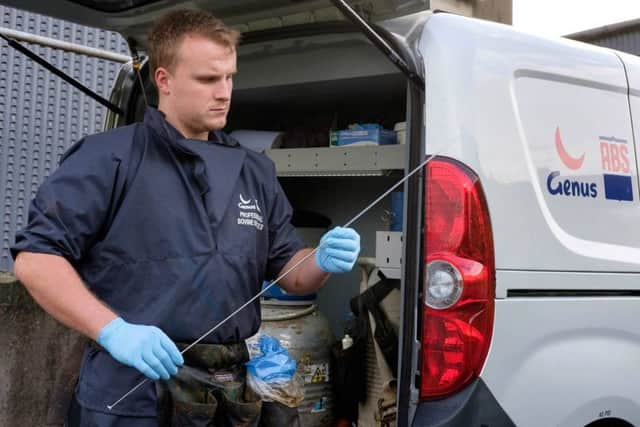Synchronisation in dairy cattle


Synchronisation programs have not been missed out, and have benefitted from further research and development to assist focused efforts on reproductive management, increasing pregnancy rates and translating to greater reproductive efficiency on farm.
There have been a plethora of synchronisation programs developed and used on farm such as ovsynch, pre-synch, progesterone synch and occasionally may feel like the kitchen sink is being thrown into programs.
Advertisement
Advertisement
Confusion can happen as various synchronisation programs are discussed and it is beyond the remit (and word count!) of this article to go into the merits of each individual synchronisation program, needless to say that when developing synchronisation programs, you should work closely with your farm team, vet and breeding company advisors.
However there are key questions you should ask when considering synchronisation programs. Here are a number of questions to ask yourself when considering implementing or changing your synchronisation program:
Is the program designed to be used on cows or on maiden heifers? We know that maiden heifers are more likely to have three follicular waves than two waves whereas most milking cows are likely to have two follicular waves. Therefore some synchronisation programs, such as Ovsynch work better on cows than in heifers.
Is the synchronisation program designed to control calving to first service interval or for synchronising timing to insemination after a negative pregnancy diagnosis?
Advertisement
Advertisement
Is the program designed to synchronise heats or ovulations? Timing of injection and accuracy of cow identification are critical in ovulation synchronisation programs.
What is the current success rate of your current synchronisation methods? How does this compare across lactation groups and insemination number?
What is the maximum number of animals that can be handled efficiently at each synchronisation? This will vary depending on handling facilities, age and temperament.
If the number to be inseminated is much larger than normal, should the assistance of a Professional Inseminator be called upon? Inseminating large groups can cause excessive tiredness which may affect insemination technique. The services of a professional Inseminator will overcome this.
Advertisement
Advertisement
If going to sweep with bulls, double the bull power will be required during the 18-24 day period after initial insemination.
Will your synchronisation programme work on both cycling and non-cycling cows? For example a Prostaglandin programme or Pre-Synch OvSynch, will not be as effective on anoestrus cows when compared to other programmes such as progesterone based programs involving using an intravaginal device.
If anyone has any further questions regarding synchronisation they should contact their local veterinarian or alternatively there will be members of the Genus ABS Team available for questions on the stand at the RUAS Winter Fair.